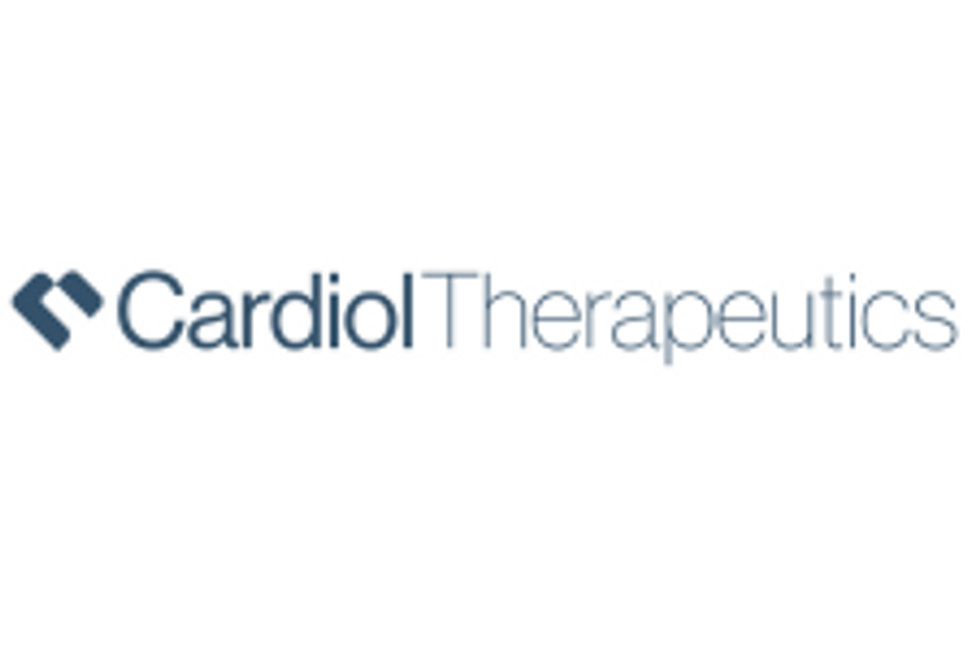Reata Announces New Preclinical Data Demonstrating the Potential of Omaveloxolone
Reata Pharmaceuticals (Nasdaq:RETA) a clinical-stage biopharmaceutical company, today announced new preclinical data demonstrating that omaveloxolone potently activates the Keap1/Nrf2 pathway, significantly reduces production of reactive oxygen species, and improves mitochondrial function in two different models of severe neurological diseases. These results support the rationale for clinical studies of omaveloxolone in neurodegenerative and neuromuscular disorders, including …
Reata Pharmaceuticals (Nasdaq:RETA) a clinical-stage biopharmaceutical company, today announced new preclinical data demonstrating that omaveloxolone potently activates the Keap1/Nrf2 pathway, significantly reduces production of reactive oxygen species, and improves mitochondrial function in two different models of severe neurological diseases. These results support the rationale for clinical studies of omaveloxolone in neurodegenerative and neuromuscular disorders, including the ongoing pivotal MOXIe trial in patients with Friedreich’s ataxia.
As quoted in the press release:
In one study, omaveloxolone treatment dose-dependently increased the expression of key Nrf2 target genes, decreased LPS-induced expression of pro-inflammatory genes, and improved mitochondrial function in several cell lines including hFXN154F mouse embryonic fibroblasts expressing a mutant human frataxin gene. These data were presented by Christian Wigley, Ph.D., Reata’s Vice President of Research, at the ongoing 2018 American Academy of Neurology Annual Meeting in Los Angeles, CA.
In a separate study, independent academic researchers from University College London, University of Dundee, Tohoku University, Johns Hopkins University, and University of Muenster studied the effect of omaveloxolone treatment in a rodent model of epileptogenesis and chronic seizures resulting from kainic acid-induced status epilepticus. Acute treatment with omaveloxolone significantly and dose-dependently increased glutathione and ATP levels, prevented neuronal loss, and reduced the median frequency of late spontaneous seizures by 94%.



